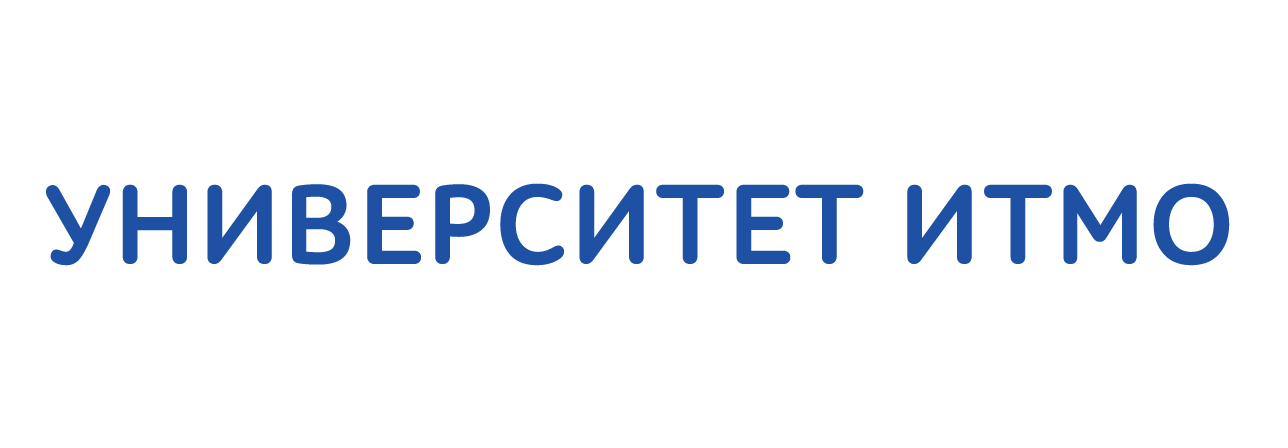
НИКИФОРОВ
Владимир Олегович
д.т.н., профессор
doi: 10.17586/2226-1494-2019-19-5-790-800
УДК 535
ВЫБОР ИСХОДНОЙ ОПТИЧЕСКОЙ СХЕМЫ МЕТОДА ГРУППОВОГО ПРОЕКТИРОВАНИЯ ЛИТОГРАФИЧЕСКИХ ОБЪЕКТИВОВ
Читать статью полностью
Ссылка для цитирования:
Аннотация
Целью настоящей работы является разработка метода получения исходных оптических схем для литографических объективов ультрафиолетового (UV) и глубокого ультрафиолетового диапазонов (DUV) на основе алгоритма глобального поиска. Исследованы возможности алгоритма глобального поиска для получения локальных минимумов в пространстве оценочной функции проектирования литографических объективов. Среди основных задач представленной работы — определение закономерностей для параметрических и входных данных макроса, связанных с количеством линз, длиной объектива и материалом оптических стекол. Полученные результаты демонстрируют эффективность и основные достоинства метода, основанного на алгоритме глобального поиска. Результатом работы является разработанный метод и критерии успешного выбора исходных оптических схем для микролитографических объективов.
Благодарности. Работа выполнена при поддержке People Programme (Marie Curie Actions) Седьмая рамочная программа Европейского Союза (FP7/2007-2013) REA грант. Соглашение № PITN-GA-2013-608082 «ADOPSYS».
Список литературы
2. Qin H., Wan Y., Zhang W. Particle swarm optimization for automatic optical design in engineering optics. Jisuan Wuli, Chinese Journal of Computational Physics, 2011, vol. 28, pp. 433–437.
3. Ulrich W., Rostalski H.J., Hudyma R. Development of dioptric projection lenses for deep ultraviolet lithography at Carl Zeiss. Journal of Microlithography, Microfabrication and Microsystems, 2004, vol. 3, no. 1, pp. 87–96. doi: 10.1117/1.1637592
4. Dodoc A., Ulrich W., Feldmann H. Method of manufacturing projection objectives and set of projection objectives manufactured by that method. Patent US 20070013882, 2007.
5. Cao Z., Li Y., Mao Sh. Grouping design method of catadioptric projection objective for deep ultraviolet lithography. Optical Engineering, 2017, vol. 56, no. 2, pp. 025102. doi: 10.1117/1.OE.56.2.025102
6. Zoric N., Livshits I., Dilworth D., Okishev S. Design of an ultraviolet projection lens by using a global search algorithm and computer optimization. Advanced Optical Technologies, 2017, vol. 6, no. 1, pp. 31–38. doi: 10.1515/aot-2016-0058
7. Dilworth D.C. The Ascendency of Numerical Methods in Lens Design. Journal of Imaging, 2018, vol. 4, no. 12, pp. 137. doi: 10.3390/jimaging4120137
8. Livshits I.L., Sal’nikov A.V., Cho U. Choosing the starting system for designing objectives. // Journal of Optical Technology, 2007, vol. 74, no. 11, pp. 783–786. doi: 10.1364/JOT.74.000783
9. Zoric N.D., Livshits I.L., Okishev S.G., Somova E.A.,Anitropov R.V., Letunovskaya M. V. Design method for complex lenses by dividing them into parts. // Scientific and Technical Journal of Information Technologies, Mechanics and Optics, 2017, vol. 17, no. 2, pp. 232– 241. (in Russian). doi: 10.17586/2226-1494-2017-17-2-234-241
10. Harriott L.R. Limits of lithography. Proceedings of the IEEE, 2001, vol. 89, no. 3, pp. 366–374. doi: 10.1109/5.915379
11. Bentley J., Olson C., Youngworth R.N. In the era of global optimization, the understanding of aberrations remains the key to designing superior optical systems. Proceedings of SPIE, 2010, vol. 7849, pp. 78490C. doi: 10.1117/12.871720
12. Levinson H.J. Principles of Lithography. 2nd ed. Bellingham, WA, SPIE Press, 2005, pp. 33–43.
13. Rothschild M. Projection optical lithography. Materials Today, 2005, vol. 8, no. 2, pp. 18–24. doi: 10.1016/S1369-7021(05)00698-X
14. Dilworth D.C., Shafer D. Man versus Machine: a Lens Design Challenge. Proceedings of SPIE, 2013, vol. 8841, pp. 88410G. doi: 10.1117/12.2022871
15. Livshits I.L., Zoric N. A Concept of Ultraviolet Lithography System and Design of its Rear Part using Artificial Intelligence for Starting Design. Proc. 4th International Conference on Photonics, Optics and Laser Technology, 2016, pp. 82–86. doi: 10.5220/0005688500820086
16. Hooker J.N., Cagan J., Grossman I.E. Combining artificial intelligence and optimization in engineering design. Carnegie Mellon University, Tepper School of Business, 1994, pp. 11–12.
17. Livshits I.L., Bronchtein I.G., Vasiliev V.N. Information technologies in CAD system for lens design. Proceedings of SPIE, 2009, vol. 7506, pp. 75060C. doi: 10.1117/12.837544
18. Thibault S., Gauvin J., Doucet M., Wang M. Enhanced optical design by distortion control. Proceedings of SPIE, 2005, vol. 5962, pp. 596211. doi: 10.1117/12.625151
19. Mack C. Fundamental Principles of Optical Lithography: The Science of Microfabrication. New York, John Wiley and Sons, 2007, pp. 190–194. doi: 10.1002/9780470723876
















